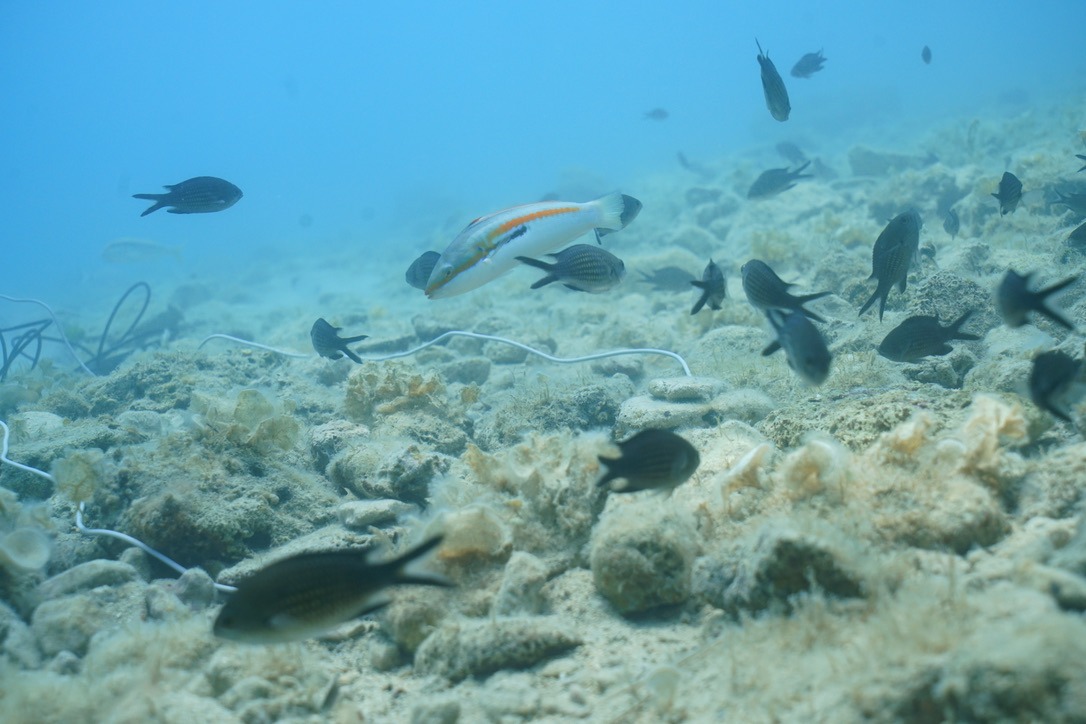
Attunement to the Ocean
At STARESO, a natural reserve where marine creatures interact without fear, we tested how design anthropological methods transform when a diverse group of designers, artists, marine biologists, and anthropologists come together at the habitat. Through scuba diving, we developed a highly immersive approach to marine fieldwork, contributing to multispecies (design) anthropology and making the typically theoretical "submerged perspective" (Gómez-Barris, 2017) and seeing "from below" (Raycraft, 2020) a lived practice.
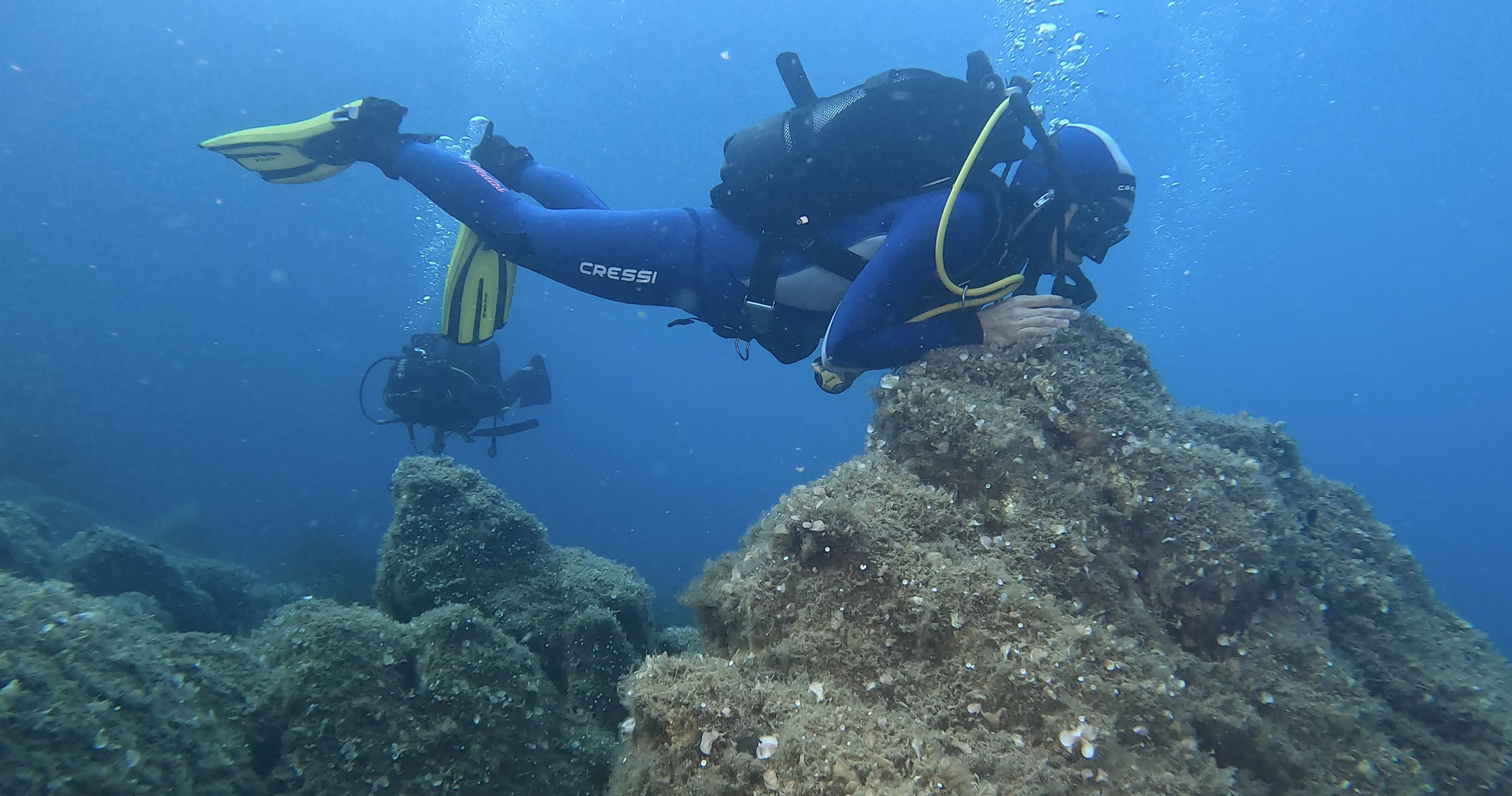
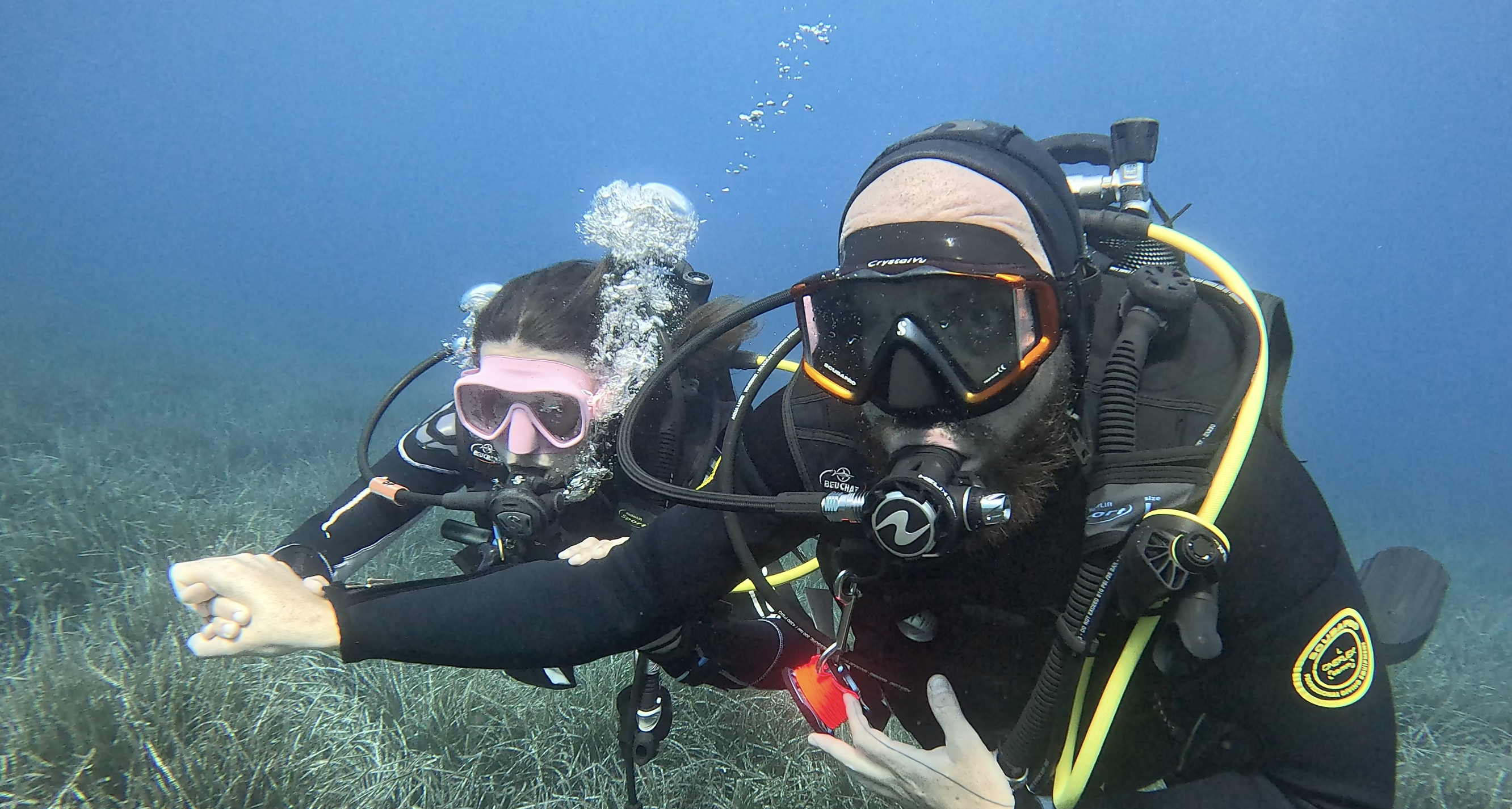
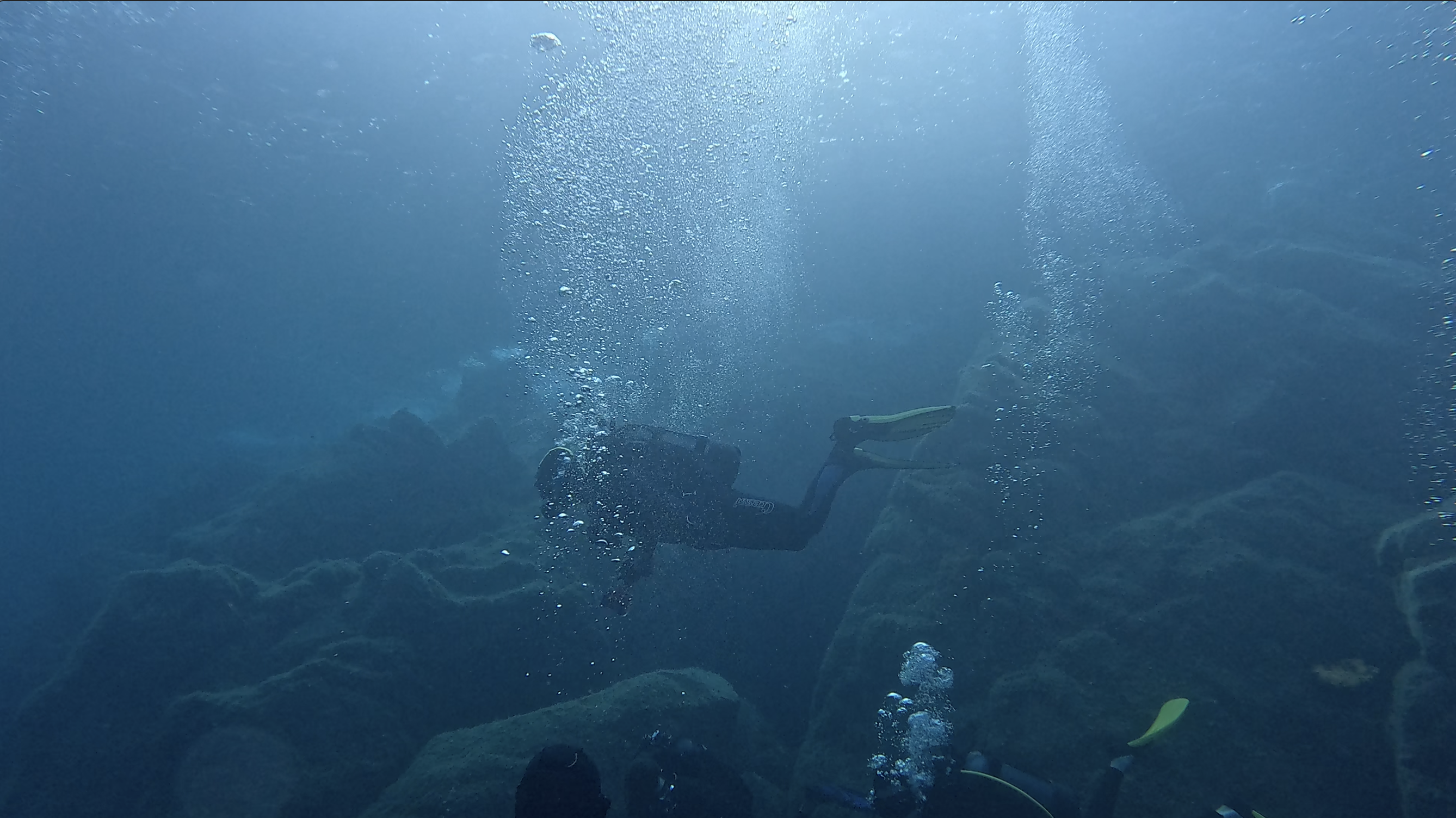
Modes of finding attentiveness and attunement

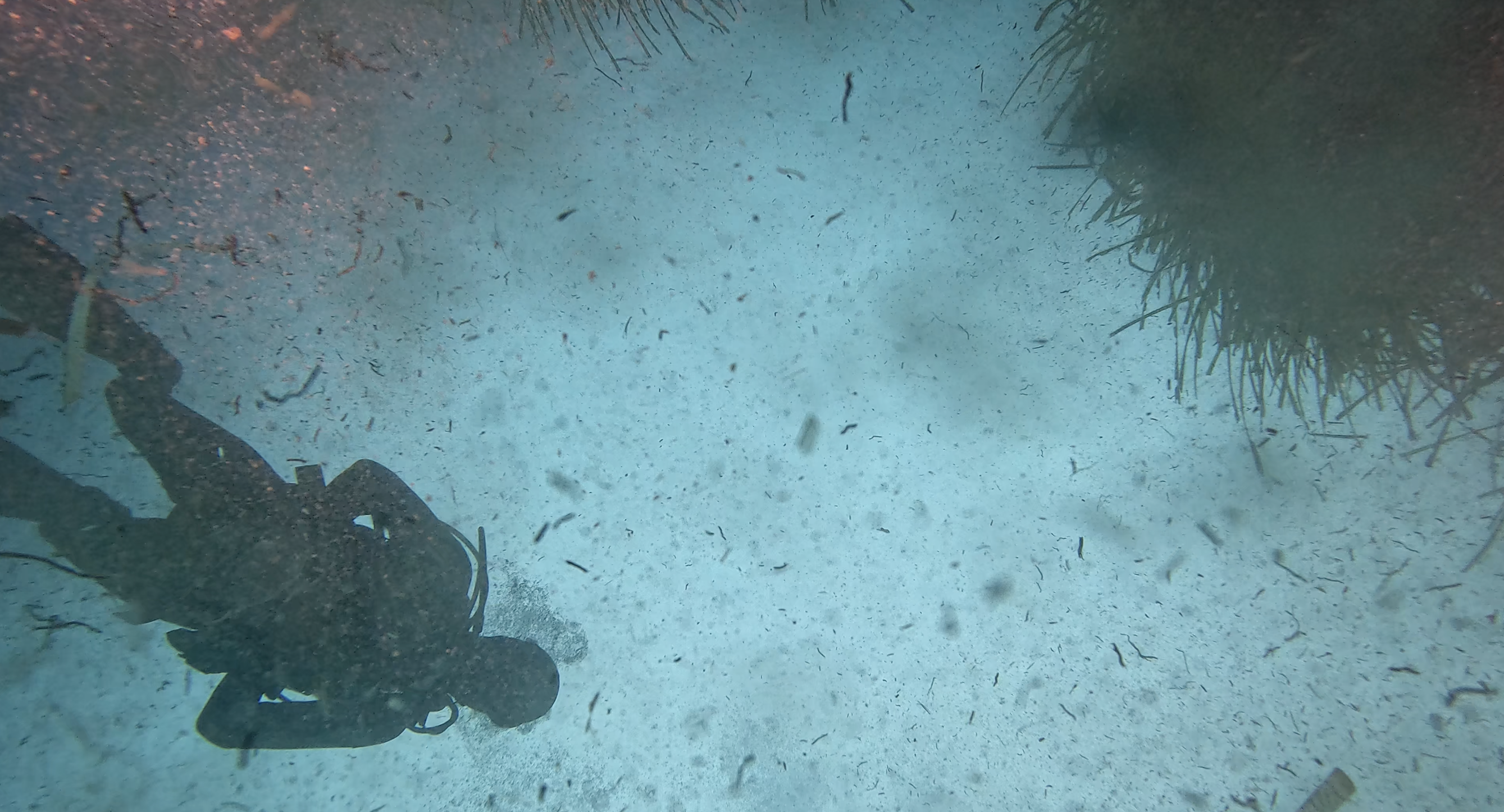
As a research group of designers, artists, marine biologists, sociologists and anthropologists, we approached and questioned the sea through underwater practices in a multimodal and sensory way, asking:
What immersive field methods can be retooled and newly developed to initiate modes of ecological attunement to the ocean?
How do methods - tactile, minor visual gaze, auditory - transfer from earth to sea and back to earth?
Coming from different disciplines and equipped with individual sensory experiences, diverse approaches to ecological attunement came into contact. To some, attunement has to do with mindfulness towards the underwater environment, being open to other times and scales. To others, attuning to the ocean appears as a way to combine attention, empathy, and careful interest. Attunement may be how we resonate with species and environments, to sense ways in which we are connected, whether musical or cacophonic.
For all of us. attunement is about listening (possibly with more than ears), witnessing, paying attention, imagining and drifting – a new approach to working in the field that might be hard to capture by spoken words alone. To explore the acts of engagement we explored how new underwater methodologies can be developed by integrating marine biology techniques such as scoring, sampling, network analysis into artistic research methods, expanding the scope of design research with/in marine environments.
Between diving, snorkeling and land-based reflections we created a space between us and the habitat, where disciplines and relations could start to overlap. The experiences made will be published in a video essay soon.
CONTRIBUTORS: Alex Jordan, Stefanie Meier, Justin Raycroft
THANKS: Team of Stareso and Cristina Tarquini

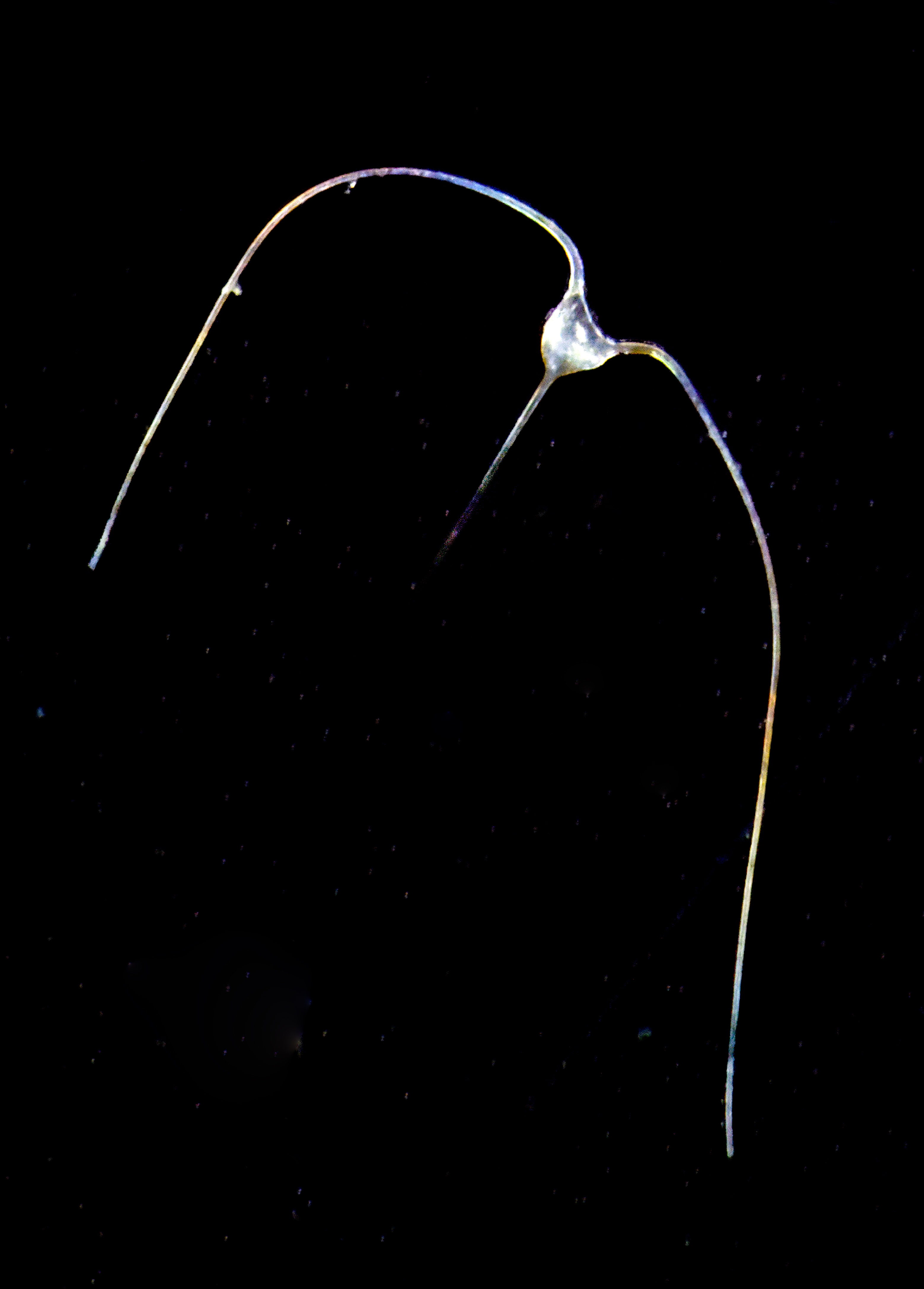
Attuning to the invisible species.